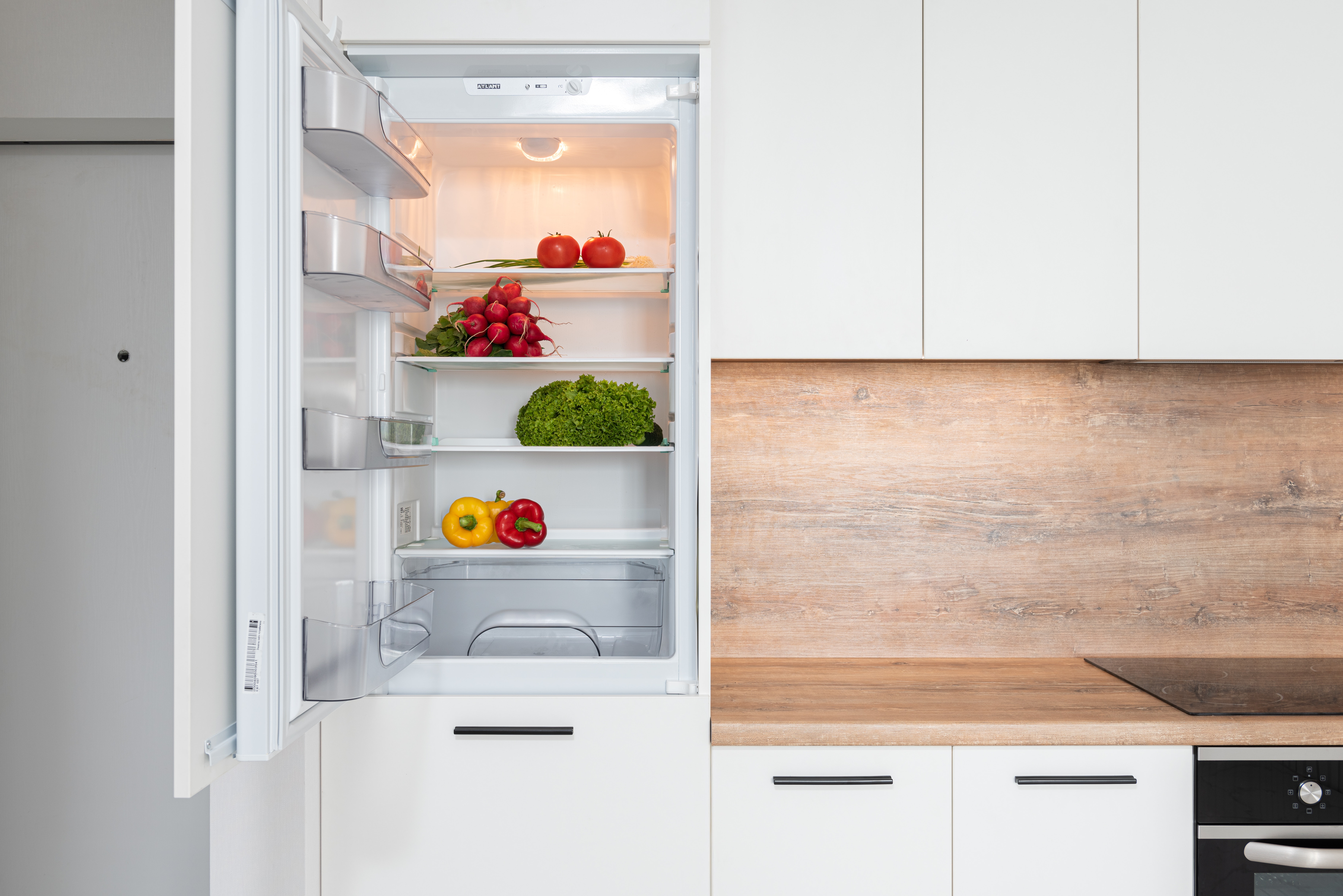Putting Hot Food in the Refrigerator
go.ncsu.edu/readext?862319
en Español / em Português
El inglés es el idioma de control de esta página. En la medida en que haya algún conflicto entre la traducción al inglés y la traducción, el inglés prevalece.
Al hacer clic en el enlace de traducción se activa un servicio de traducción gratuito para convertir la página al español. Al igual que con cualquier traducción por Internet, la conversión no es sensible al contexto y puede que no traduzca el texto en su significado original. NC State Extension no garantiza la exactitud del texto traducido. Por favor, tenga en cuenta que algunas aplicaciones y/o servicios pueden no funcionar como se espera cuando se traducen.
Português
Inglês é o idioma de controle desta página. Na medida que haja algum conflito entre o texto original em Inglês e a tradução, o Inglês prevalece.
Ao clicar no link de tradução, um serviço gratuito de tradução será ativado para converter a página para o Português. Como em qualquer tradução pela internet, a conversão não é sensivel ao contexto e pode não ocorrer a tradução para o significado orginal. O serviço de Extensão da Carolina do Norte (NC State Extension) não garante a exatidão do texto traduzido. Por favor, observe que algumas funções ou serviços podem não funcionar como esperado após a tradução.
English
English is the controlling language of this page. To the extent there is any conflict between the English text and the translation, English controls.
Clicking on the translation link activates a free translation service to convert the page to Spanish. As with any Internet translation, the conversion is not context-sensitive and may not translate the text to its original meaning. NC State Extension does not guarantee the accuracy of the translated text. Please note that some applications and/or services may not function as expected when translated.
Collapse ▲If you read this column frequently you know I’m a food safety geek. I belong to several food safety computer groups and get daily and weekly food safety updates. I also have a couple of podcasts I like to listen to regularly.
Perhaps you’re not a full-blown geek about food safety, but you do want to keep your food safe. Or you have a “burning question” about food safety.
If this sounds like you, and you like podcasts, I urge you to try out Risky or Not? This podcast is available for anyone who wants to listen and learn.
One of the recent programs (#226) was about the safety of putting hot food in the refrigerator if you use a lid. Usually, the professors agree, but on this topic, they didn’t. I’ll share some of their thoughts, but you really have to listen to the podcast to hear the nuances of their disagreement.
They both agree that it’s a good policy to not leave food in the refrigerator uncovered.
The reason is cross-contamination. Pathogens that could cause foodborne illnesses could get into it.
This led to a discussion on where items should be stored in the refrigerator. Ideally cooked foods or foods that don’t need to be or won’t be cooked should be on higher shelves. This way other foods that may contain pathogens (like raw meat, fish or poultry) can’t drip onto these items. A good example is that it’s risky to store salad greens under raw meat.
Then they focused on the question about putting hot foods into the refrigerator. Problems occur when large amounts of hot food are placed into the fridge at one time. Typically, this food cools too slowly. This is risky because the food spends too much time in the temperature danger zone. This is just asking for pathogens that could cause a foodborne illness could develop.
Hot food cools due to evaporative cooling in the fridge. This takes energy from the food and the food cools. Putting a lid on hot foods doesn’t allow for this process. Lids slow the cooling rate.
The real question turned out to be: what’s the bigger risk cross-contamination or covering the food? Dr. Schaffner says it’s riskier to have uncovered food.
Dr. Chapman was more concerned about the time it takes for the food to cool (covered or uncovered.) He says it really depends upon the size and amount of food. Smaller amounts can be covered and will still cool quick enough to avoid pathogen growth. Its large amounts of food in the fridge may cause problems.
There are several things you can do that can help speed cooling and reduce the risks:
- Put food into smaller containers. Food depth should be three inches or less.
- Cover food loosely with something such as parchment paper until cold, this will help with the cross-contamination concerns but still allow for cooling.
- If you have a large amount of food, put it in an ice bath to cool before putting it into the fridge.
- If possible, stir the loosely covered food while it is cooling, this exposes more of the surface to the evaporative cooling.
- Keep the refrigerator temp below 40.
If you’d like to hear this podcast you can go to Riskyornot.co (yes that is co not com). You can sign up to learn when they have new topics posted. All past programs are available. If you have a specific question, you can also send it to the specialists.
If you really like this podcast, are interested in food safety and would like to hear more, these two professors also have a longer (usually about two hours) podcast called Food Safety Talk. I look forward to hearing a new posting about every other week. You can check it out at foodsafeytalk.com.
Syracuse is a Family and Consumer Science team member and can be reached at N.C. Cooperative Extension, Brunswick County Center 910-253-2610 or by email at Cheryle_Syracuse@ncsu.edu





